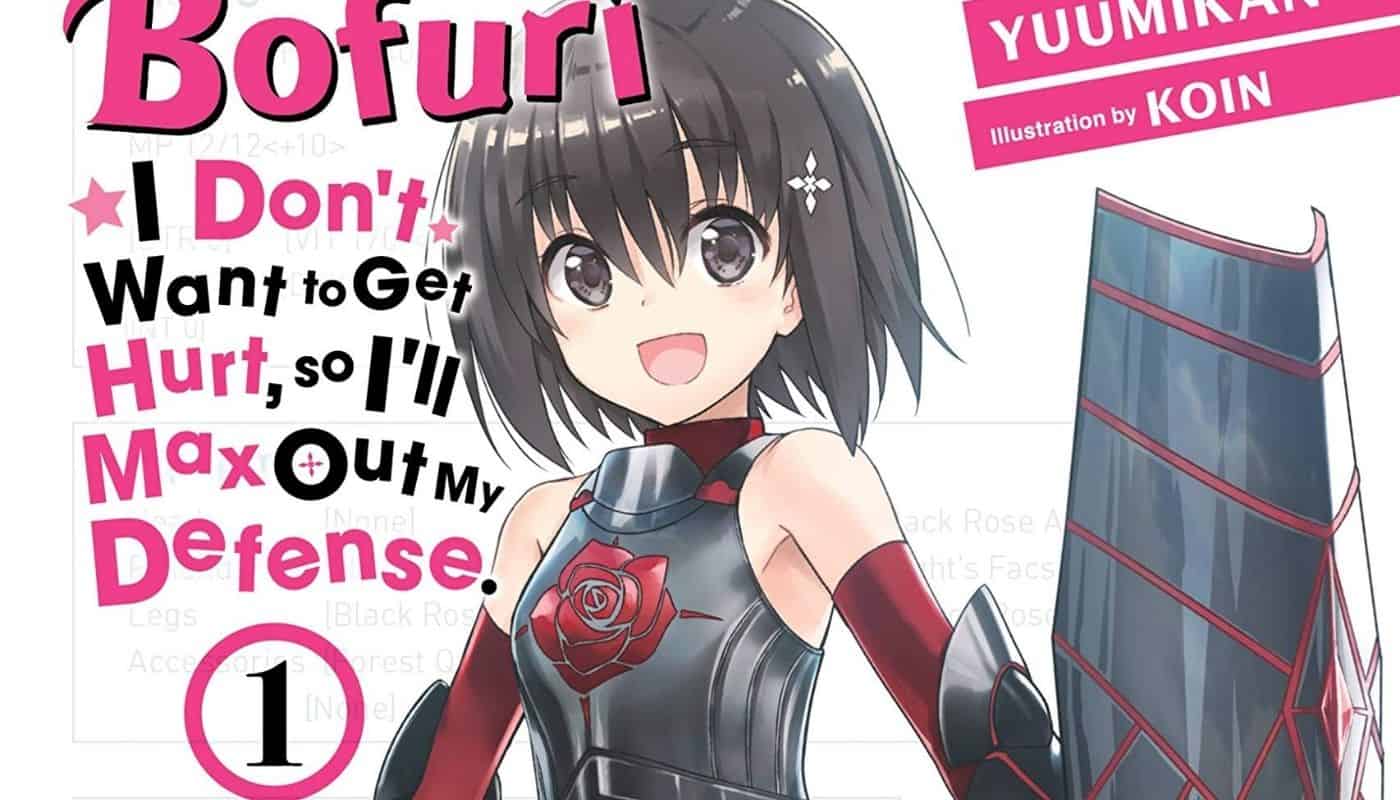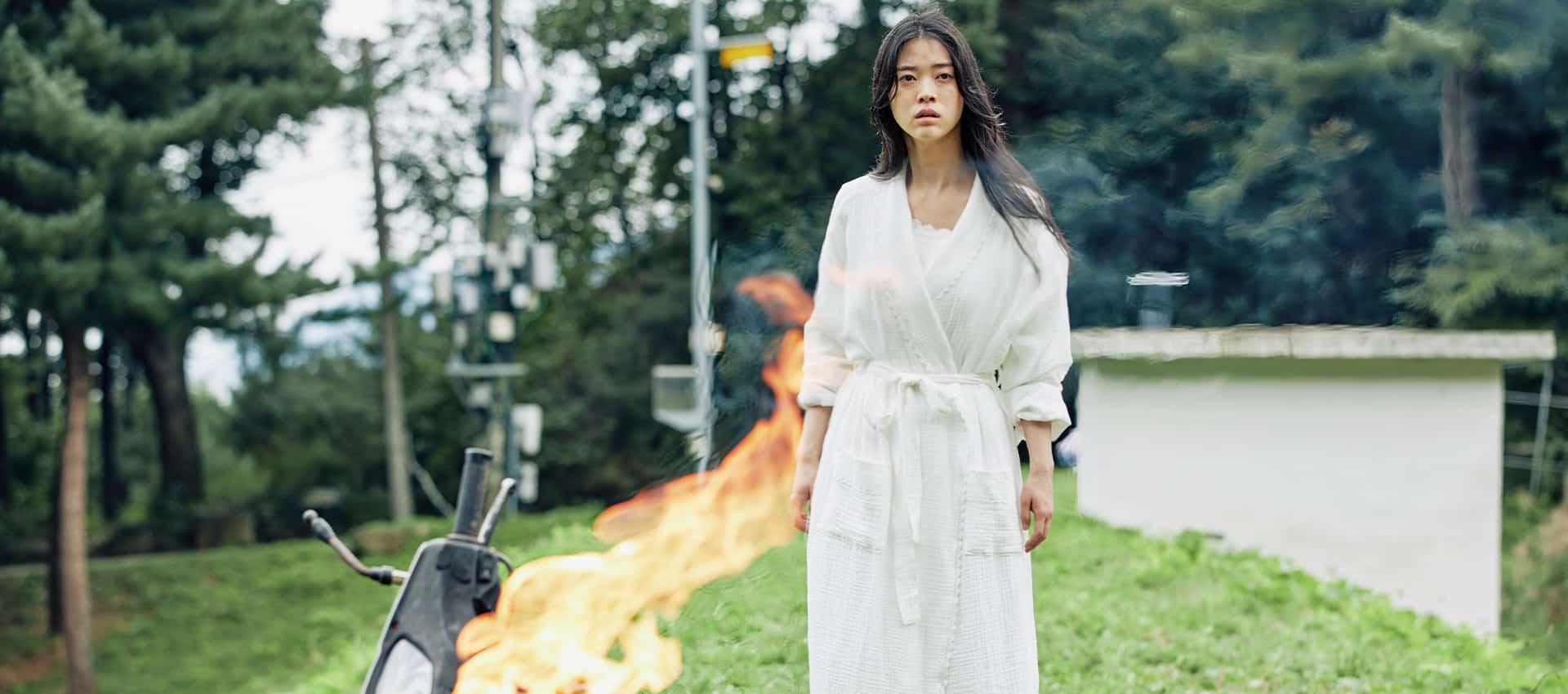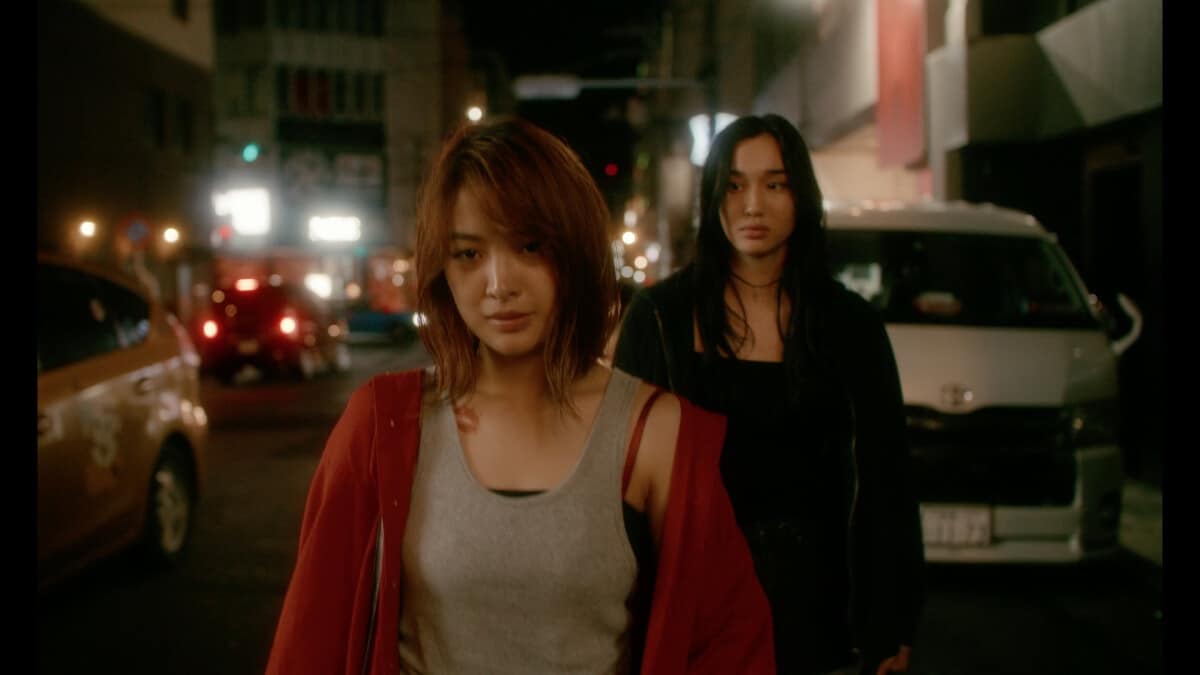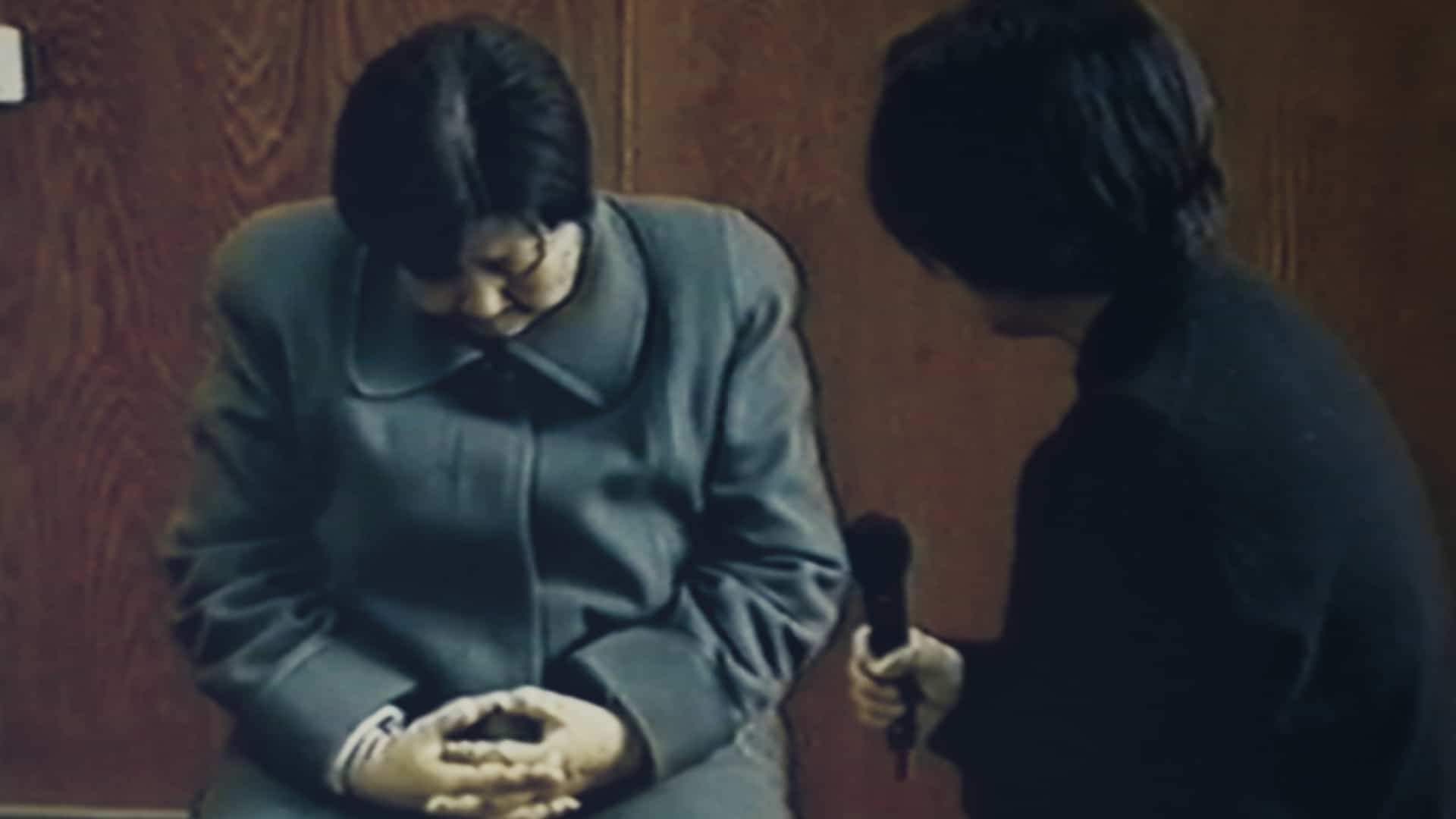By the end of the 1940s, director Akira Kurosawa had established himself as a dependable worker for several movie studios, including Daei, who had already produced “The Quiet Duel” in 1949 and who would approach him with the proposal of adapting “In a Grove”, a short story by writer Ryunosuke Akutagawa. At the end of the same year, and despite a fire in the studio, Kurosawa and his team managed to finish “Rashomon”, which would be released in Japan to moderate success, but ultimately to some international attention, such as Giuliana Stramigioli, the president of Venice Film Festival. The rest, as they say, is history, with “Rashomon” becoming a major success for its creator and the Japanese film industry as a whole, whose reputation, even today, relies to some extent on Kurosawa's works. Despite its role for Japanese culture, “Rashomon” regularly attracts many cinephiles and scholars for its approach to storytelling, incorporating the idea of the unreliable narrator and its implications to the medium of film.
During a heavy rainfall, three people meet as they find shelter under the remains of the Rashomon city gate. As a farmer (Kichijiro Ueda) joins the group consisting of a woodcutter (Takashi Shimura) and a priest (Minoru Chiaki), he merely searches for a story to pass the time until the rain is gone, and he can continue on his journey. However, his companions still seem perplexed by what they have just been through, the witness of a trial against Tajomaru (Toshiro Mifune), a bandit, accused of the murder of a samurai (Masayuki Mori) and the rape of the warrior's wife (Machiko Kyo). After the newcomer insisting on hearing their story, they begin retelling their version of the events that took place in a small forest, and also the accounts of the bandit, the wife and the samurai.
As the farmer listens to the various versions of the events, there are notable contradictions and differences, making the wife also appear guilty and showing how each of the characters try to put the blame on each other about how the encounter violently escalated. Whereas the wife claims to have no idea who eventually killed her husband, the samurai, through a medium, claims he has committed seppuku after the loss of honor due to his wife's indignity and shame.
As many readers will undoubtedly know, there is a whole plethora of essays and reviews focusing on the various themes and details of Kurosawa's feature, making it, next to “Seven Samurai”, possibly his most covered and thus popular works. While, on the one hand, its exploration on the human condition, on temptation and guilt, is one of the layers making “Rashomon” timeless, its discussion on the idea of truth is truly what makes this story very contemporary, as, for example, film scholar Dr. Marcus Stiglegger highlights in his interview with AMP. The confusion and heartfelt irritation felt by the characters we meet at the destroyed gate already hints at the way their version of the truth, everything the held for granted, has been shaken by the contradictions, accusations and selfish actions they have witnessed and heard just a few hours prior, eventually leading them to suspect each other of mischievous deeds and motivations. Similarly, the viewer is caught in the same trap, unsure what and who to believe, which says a lot about the quality of the script, a collaborative effort of Kurosawa himself and Shinobu Hashimoto.
Additionally, there is the historical context of various narratives fighting over what is the norm and what everybody should believe in, resulting in a world thrown into chaos. Besides the aforementioned conflicting versions of the events as told by the characters, there are other indicators of the world in a state of disarray. For example, the swordfights, a trademark for any jidaigeki, mirror the psychological deterioration of people, as they seem chaotic and wild, with victory only being achieved through trickery or simply luck. Kazuo Miyagawa's cinematography and Kurosawa's editing emphasize this notion, in the fight scenes, but also other details, such as the state of the Rashomon gate or the focus on the characters as they make their confession at court, with the role of the judge seemingly being appointed to the viewer.
Apart from its technical aspects, “Rashomon” is also a masterwork due to its ensemble. While it is difficult to point out one performance over the others, certainly Mifune, Mori and Kyo will have the most impact on the audience, stressing the various layers to their characters, their ways of manipulation and how to perhaps use a situation to their advantage. At the same time, you can never fully trust any of these people, as composure gives in to mischief and ultimately madness, with the bandit's laughter perhaps being the most impactful reflection on their state and the world they live in.
In conclusion, “Rashomon” is a must-see for cinephiles, a lesson in cinematic storytelling and presenting a world in disarray. Akira Kurosawa early on in his career delivered a true masterpiece of cinema, which is just as relevant today as it was at the time of its release.

















